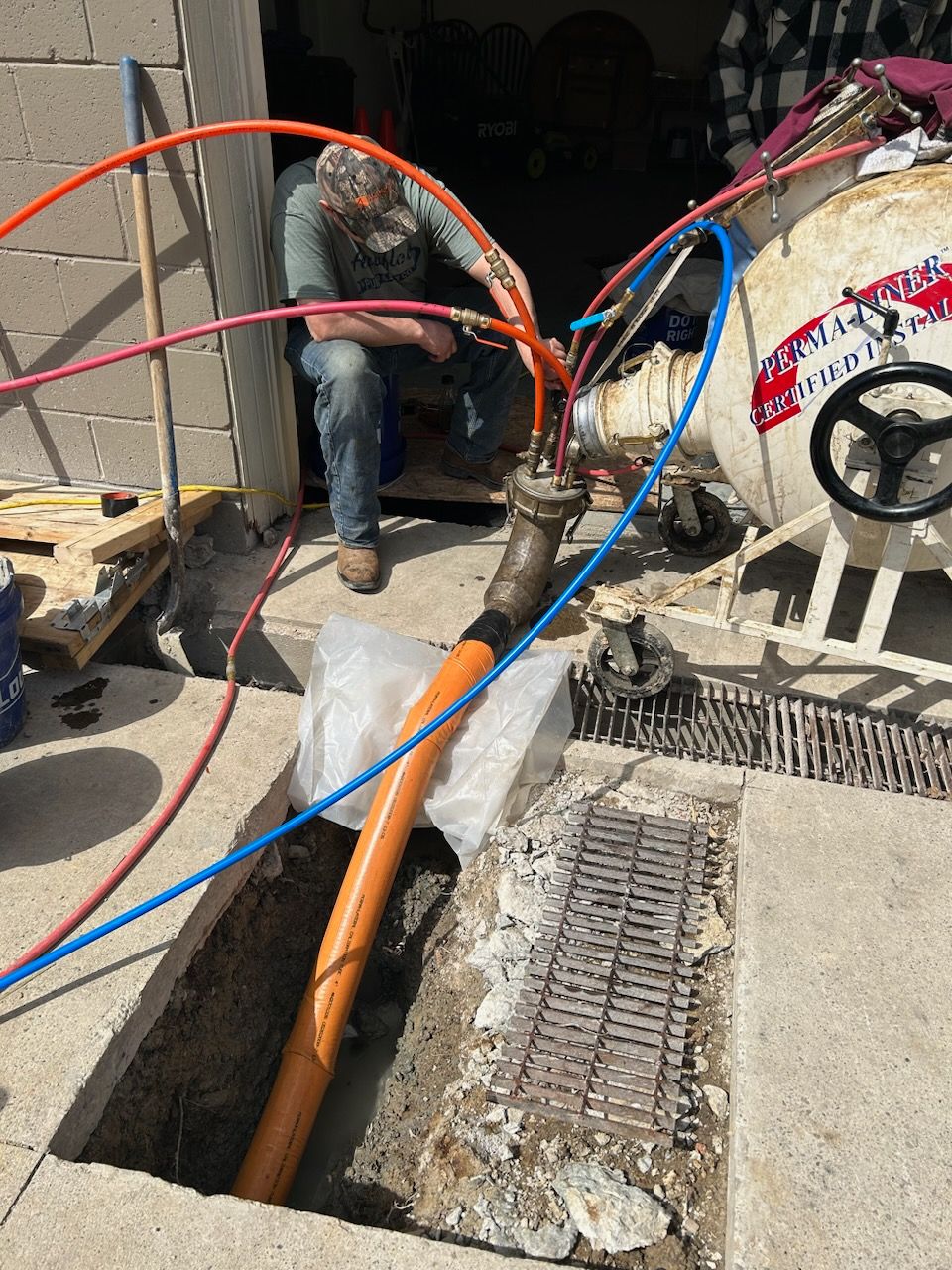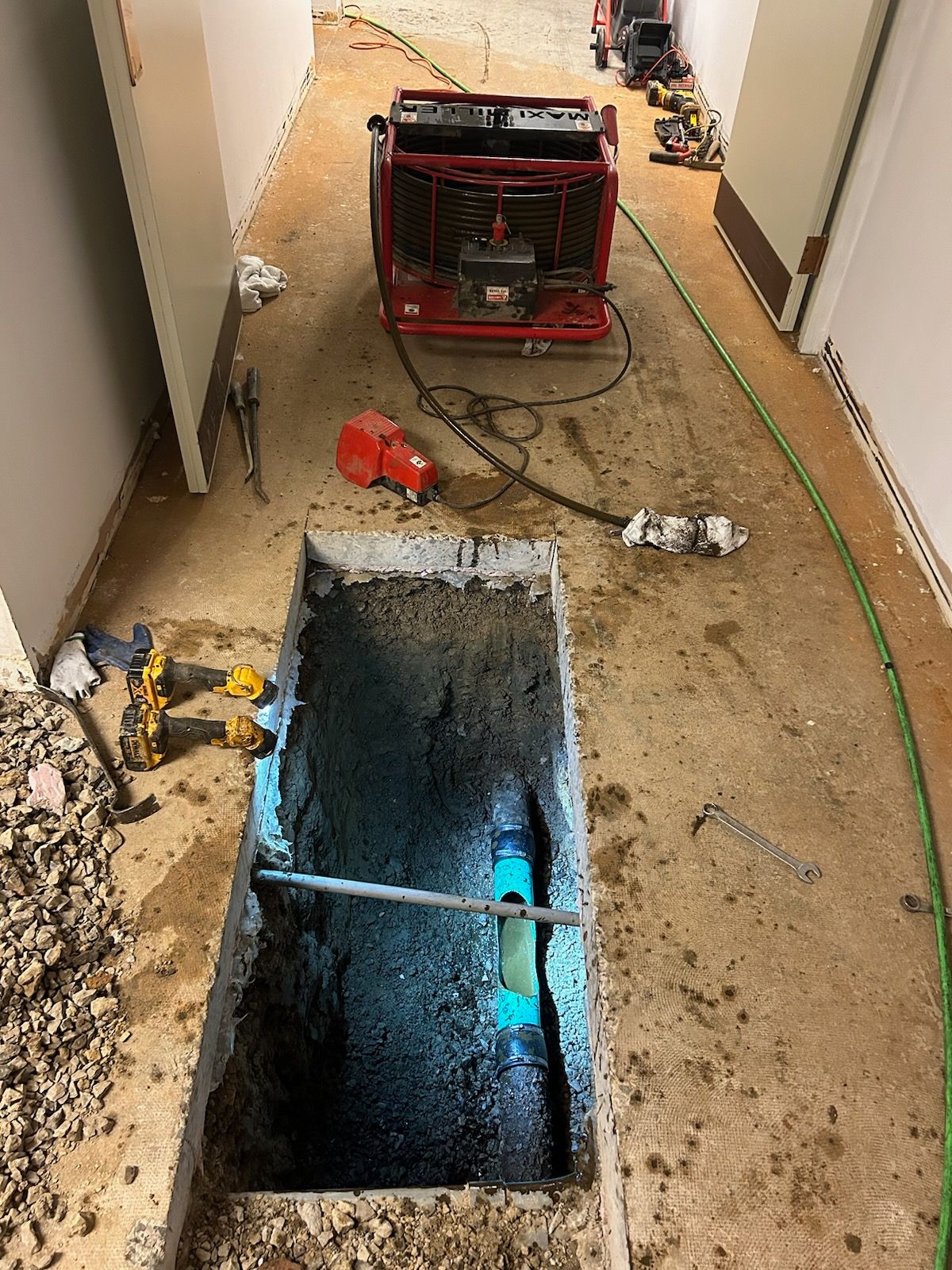The repair of sewer lines is time-consuming, costly, and disruptive to day-to-day activities. Traditional sewer repairs involve trenching. As such, you have to dig deep trenches in the street next to your home, driveway, pavements, car parks, or your back or front yard. Instead of rerouting traffic and paying lots of money to dig up such areas, you can opt to use trenchless sewer repair methods to avoid disruptions.
Trenchless sewer repairs avoid traffic disruptions and damages to your landscape features as well as other utility lines. This article reviews the two types of trenchless sewer repair methods. It also reviews the factors you should consider when choosing the method that best suits your needs.
The Pipe Bursting Method
The pipe bursting trenchless sewer repair method involves inserting and pulling high-density polyethylene pipe (HDPE) through an old damaged pipe. The inserted pipe bursts open or fractures the damaged pipe without removing it. You have to dig holes on both ends of the lateral pipe before inserting the HDPE pipe. You have to connect a ‘bullet’ or ‘bursting’ head to the HDPE pipe and pull it through the old pipe.
Slip Lining, pipelining, or cured in place pipe (CIPP) method
The slip lining sewer repair technique allows the installation of an epoxy liner into a damaged lateral sewer line. The repair creates a pipe within another pipe. The sewer lining or ‘cured-in-place pipe’ is tube coated with flexible resin. This lining gets pulled through the broken sewer line and inflated to harden and create a new pipe lining within the old damaged pipe.
When can you choose one of the two methods?
1. Is the chosen method friendly to the environment?
Pipe bursting is a sewer repair method that is more friendly to the environment than CIPP. If not used well, the slip sewer lining method can release pollutants into the ground and utility lines. Research shows that some CIPP repair works have led to the release of styrene into storm-water. Styrene is a hazardous pollutant. Pipe bursting is thus safer than CIPP because it doesn’t involve the use of any chemicals with contaminants.
2. Which trenchless sewer repair method is more durable?
Pro plumbers hold that both the sewer pipe lining and pipe bursting methods are long-lasting. CIPP sections last for at least five decades, and this can give you peace of mind. But the slip lining method may not last as long as the pipe bursting method because of the reduction of the diameter of the original sewer piping. But the pipe bursting method establishes a whole new pipe that can last longer than the ‘pipe within a pipe’ under the CIPP method.
3. What’s the turnaround and disturbance during sewer line repairs?
The pipe bursting trenchless sewer repair method has a faster turnaround than CIPP. This is because a pipe bursting project can be completed in a single day. But, sometimes CIPP needs a curing process that may take up to 30 hours. This implies that CIPP may have a longer turnaround time. As such, the disturbance caused may take longer before the sewer line services get restored to normal.
4. What’s the cost of repair?
The price of trenchless sewer line repair may vary because it relies on various factors that include the depth of the sewer line, the type of soil, and the prices of repair materials. Trenchless repair options cost at least 30% to 50% more than methods that involve digging, but the cost may be lower for trenchless repair methods in cases where you avoid the restorative costs of repairing and replacing damaged landscape features.
Do you have a damaged sewer line that needs trenchless sewer repair? Talk to your plumber and landscaper to get a quote and an analysis of the restorative costs that you may incur in your repair work. Remember to consider the above-cited factors to determine the best repair method that will suit your needs and budget.
Categories
Related Posts




















